Every U.S. Military Drone Pilot Explained

In the age of modern warfare, the race for the best technology is of the utmost importance. With hundreds of billions of dollars spent each passing year, the U.S. military has consistently improved its fighting capabilities with state of the art technology. One such advancement is drones. Think about it, just over 100 years ago, planes were just beginning to earn their place in warfare, but in today’s age, someone can be piloting a drone halfway across the world that can deliver precision strikes against high value targets… all with the click of a button.
From drones small enough to fit in the palm of your hand all the way to ones large enough to carry missiles designed to level entire compounds, modern warfare has evolved substantially.
But don’t get it twisted; these drones don’t fly themselves. Behind every drone is its operator. Someone’s got to be there to pilot these things. From reconnaissance roles within the US Army to attack roles within the US Air Force, and with squadrons within both the Navy and the Marines, the proliferation of drones has touched every element of the US Armed Forces.
With that said, who are these drone pilots? Are they different from ordinary pilots? What kinds of drones are there? And do they really use Xbox or PlayStation controllers to operate drones? Keep reading, and we’re going to answer all of those questions for you, and much more.
TABLE OF CONTENTS
U.S. MILITARY DRONE PILOTS: OVERVIEW
U.S. MILITARY DRONE PILOTS: AIR FORCE DRONE PILOTS
U.S. MILITARY DRONE PILOTS: NAVY DRONE PILOTS
U.S. MILITARY DRONE PILOTS: ARMY DRONE PILOTS
U.S. MILITARY DRONE PILOTS: MARINE CORPS DRONE PILOTS
U.S. MILITARY DRONE PILOTS: COAST GUARD DRONE PILOTS
U.S. MILITARY DRONE PILOTS: CONCLUSION
U.S. MILITARY DRONE PILOTS: OVERVIEW

Believe it or not, every branch of the U.S. military, besides the space force, has drone pilots. While each branch may use a different terminology to refer to those who pilot drones, for simplicity’s sake, we’re going to be referring to them as drone pilots.
When you think of a military pilot, you probably imagine someone in a flight suit wearing aviators jumping into a fighter jet and taking off into the sunset. And yes, while it’s true that drone pilots may wear flight suits, this isn’t TOPGUN. Drone pilots aren’t your typical pilots. But are they real pilots? Yes, they are.
Each type of pilot has their own job. While all military pilots might share some basic knowledge of flying certain aircraft, each pilot learns their own specialty; the same goes for drone pilots. You’re not going to see an F-22 pilot request to work remotely for a week and go pilot a drone. Just the same, you won’t see a drone pilot tell their commander they want to get some fresh air and then hop into an F-22 and fly away.
And like anything in the military, your specialty and job affect the way you do your work.
A regular pilot might have a flight mission that lasts for a few hours, but drone pilots have flight missions ranging from 8-12 hours. Drone pilots are expected to maintain vigilance and attention to detail as they operate their drones for several hours at a time, multiple times a week.
A lot of drone pilots are stationed stateside, meaning they perform operations and fly their aircraft that are thousands of miles away from them. Make no mistake, being a drone pilot is not like a video game. You’re not operating an AC-130 like you did back in Call of Duty. However, fun fact, some drone pilots may use modified Xbox or PlayStation controllers. Anyway, while it is very rewarding, the career field is demanding, stressful, and asks for a lot out of you. While they might not be the ones boots on the ground, their purpose and mission are vital to the success of those who are.
Why do we have and need so many drone pilots? To put it simply, putting a robot in harm’s way is a lot better than putting an actual person in the same place. America can always build another drone, but it’s a lot harder to replace a good pilot. Additionally, given the evolving mission sets of the United States, drones and unmanned equipment are needed to get the job done.
U.S. MILITARY DRONE PILOTS: AIR FORCE DRONE PILOTS

If you were asked what type of aircraft most Air Force pilots fly, what would you say? Would it be the F-16? The F-22? The A-10 Warthog? Well, let us stop you right there. The truth is, if you said anything other than drones, you would be wrong.
That’s right, the Air Force has more drone pilots than it does regular pilots. Surprised? Well, there’s more to it. Not only do drone pilots outnumber regular pilots, but the Air Force doesn’t have enough of them. They’re about 20% undermanned. The Air Force has such a high demand for its drone pilots that they are doing whatever they can to retain those in the profession. Since the Air Force has the most drones compared to every other branch, they have a lot of work cut out for them to fully man the career field.
Air Force drone pilots carry out a wide range of functions, including gathering intelligence, conducting surveillance and reconnaissance, and launching pinpoint attacks against a variety of targets. But do they all use the same drones, and are all of these drones made equally? The simple answer is no. Well, you might be familiar with a couple of their combat drones, such as the MQ-9 Reaper and the recently retired MQ-1 Predator. For recon and surveillance, one drone that drone pilots fly is the RQ-4 Global Hawk, which brings us to our next point.
Air Force drone pilots are commissioned officers, just like regular pilots are. However, there are some enlisted drone pilots that fly the RQ-4, but there are talks of phasing out the enlisted drone pilots and keeping the community entirely officer.
While we said the Air Force is stepping up their drone game, don’t think that drones are replacing anyone’s job. There’s still a huge human element to the operation of every drone. For example, for every Air Force drone pilot flying a drone, there are nearly 200 people supporting the mission in various capacities. There are sensor operators, mission intelligence personnel, maintainers, launch and recovery personnel, intelligence—the list can go on and on. Don’t think the mission starts and ends with drone pilots.
U.S. MILITARY DRONE PILOTS: NAVY DRONE PILOTS

Despite having the reputation of being the world’s strongest maritime force, the United States Navy commands an impressive aerial arsenal. But that aerial arsenal doesn’t stop with planes, they also have their hand in the drone game.
Because the Navy is the Navy, there is a need to integrate its drone capabilities with its maritime mission sets. That’s why you’ll primarily see drones being utilized by fleets to conduct maritime surveillance and reconnaissance. Another cool thing the Navy has accomplished lately with a drone is refueling an F/A-18 Super Hornet with the MQ-25. This happened recently and marked the first time ever a drone has refueled a manned aircraft.
The Air Force isn’t the only branch with an ever growing demand for drone pilots. The Navy is establishing new communities to get more sailors into the profession. Currently, the Navy does not have a specific job for its drone pilots. While in the near future they will be opening Warrant Officer Career fields to fly certain drones, present day drone pilots are among various rates in the Navy under specializations. You can’t just join the Navy in 2022 to be a drone pilot; it’s something you’ll have to go for once you’re in. These UAV specializations range from Systems Organizational Maintenance Technicians, External Pilots, Internal Pilots, Payload Operators, and ones for the MQ-8 Fire Scout, which is a pretty cool helicopter drone.
The cool part about opening up the Warrant Officer program is that the Navy’s drone pilots will be able to spend their careers as operators, unlike the Navy Pilots, who are afforded fewer flying opportunities as their careers progress.
But here’s something unique about Navy drone pilots… They will also be piloting drone ships in the not too distant future. Yes, you read that right! Drone Ships. Called the Ghost Fleet Overlord program, the Navy is currently pushing for a fleet that incorporates both unmanned vessels and vehicles alongside its existing manned platforms. These drone ships will be able to conduct various missions in support of carrier fleets and combatant commanders, and will be able to augment the capabilities of the expensive manned ships at a fraction of the cost, all without having to man them with a crew.
U.S. MILITARY DRONE PILOTS: ARMY DRONE PILOTS

The Army has its own MOS for drone pilots, which are 15W’s, Army UAV Operators, an enlisted career field. As a general matter, Army drone pilots mostly fly non-combative missions, which typically range from battle damage assessment, recon, and surveillance. They fly drones like the RQ-11B Raven, RQ-7B Shadow, and MQ-1C Gray Eagle.
The thing is, unlike the Air Force, which has its drone pilots mainly operate stateside, Army drone pilots typically fly their drones on site, meaning that you won’t be able to go home for dinner with your family every night like those in the Air Force.
Don’t think that Army drone pilots don’t get to send warheads on foreheads, though. The Army does employ drones that are capable of raining hell upon the enemy. Where you’ll see this the most is over at the elite 160th Special Operations Aviation Regiment, known as the Night Stalkers. Over the last decade, they’ve played an integral role in neutralizing high value targets through the use of drones.
But here’s a question for you: the Navy has drone ships in the works; does the Army have drone tanks? Yes, they do, but they’re not operational. The Army hopes to have remote controlled robotic vehicles to fight alongside conventional tanks, fighting vehicles, and infantry as soon as the 2030’s. The battlefield will see a major evolution in the coming years!
On a closing note for the Army, did you know they employ drones that can fit in the palm of your hand? Enter Black Hornet, a micro-drone that provides troops on the ground with local situational awareness. An operator can be trained to operate the Black Hornet in as little as 20 minutes. As small as it is, they’re upwards of almost $200,000. Crazy!
U.S. MILITARY DRONE PILOTS: MARINE CORPS DRONE PILOTS

If you’re up to date on Marine Corps news, you might be familiar with something called Force Design 2030. For those who are not, Force Design 2030 is essentially a restructuring of the Marine Corps in response to known and anticipated changes in the operating environment.
The goal is to eventually shed the Marine Corps’s personnel and heavy equipment and, in turn, become an agile fighting force capable of conducting island-hopping missions in the Pacific. But what does this have to do with drone pilots in the Marine Corps? Well, as the Marine Corps shifts its goals and purpose, its drone pilot capabilities are going to benefit and expand from the changes.
But all we’re giving you is the future, and we all know military plans change. What’s the state of the Marine Drone pilot community today? Currently, the community is smaller compared to the branches we’ve covered thus far. The marine drone pilot community is both enlisted and officer, with MOS 7314 and 7315, respectively. However, there is a newer MOS: 7318, which will allow for Marine Drone Pilots to be trained to fly the MQ-9 Reaper.
As it stands, Marine Drone pilots primarily operate the RQ-21 BlackJack, which is a smaller intelligence gathering drone. In recent years, the Marines only had a few armed drones in their fleet, compared to the Air Force, which had hundreds. As the branch looks to build their drone fleet, they have collaborated with the Air Force to accomplish this goal. Since the Marine Corps is a versatile force capable of fighting in both the maritime and ground elements, they leverage their use of air power through drones to support the Marine Air-Ground Task Force.
U.S. MILITARY DRONE PILOTS: COAST GUARD DRONE PILOTS

With arguably the smallest drone pilot community out of all the branches discussed in this blog post, Coast Guard drone pilots have a unique mission compared to the other branches. Since the Coast Guard falls under the Department of Homeland Security during peacetime, its mission sets often reflect on the DHS rather than the DoD. Its use of drones is no exception.
On a general level, the Coast Guard primarily uses its drone pilots for surveillance and recon, such as search and rescue operations and counter-drug operations. They’ll also use drones to assess damage or provide assistance with responding to natural disasters. You’ll see Coast Guard drone pilots flying drones as small as the ScanEagle, all the way up to the MQ-9 Reaper. Reaper pilots are very few and far between, but they do exist! And speaking of pilots, the Coast Guard does not have a specific job for drone piloting; it is more of a specialty shared amongst various jobs.
Additionally, the Coast Guard recognizes that it does not have the budget like some of the other branches do, so R&D and expansions of its drone capabilities lag behind. Despite this, the branch is continuing to work on improving its drone pilot community by piggybacking off of the drone capabilities of the other armed services. For example, as we explained earlier, the Navy is pursuing a variety of aerial, surface, and underwater drone platforms, and the Coast Guard will be keeping a close eye on those efforts.
U.S. MILITARY DRONE PILOTS: CONCLUSION

Regardless of the branch or what kind of drone they fly, drone pilots are a vital community to the success of U.S. military operations around the world. As the old saying goes, the size of the drone doesn’t matter; it’s how the drone pilot uses it. All jokes aside, in the coming years, the roles of drone pilots and drones in the military will most likely continue to expand to heights never reached before.
If you want to learn more about the military, law enforcement, or government entities, we have a YouTube channel dedicated to providing the best info out there, plus we have a growing list of blog posts as well. Click the links to take you to them!
General Discharge is a veteran-owned, veteran-operated organization that is dedicated to providing the best U.S. Military and Law Enforcement information. With over 250 YouTube videos, over 45 million views, and hundreds of thousands of followers, we have contributed to the success and knowledge of both the current and future generations of service members.
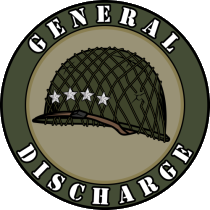
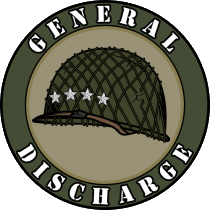
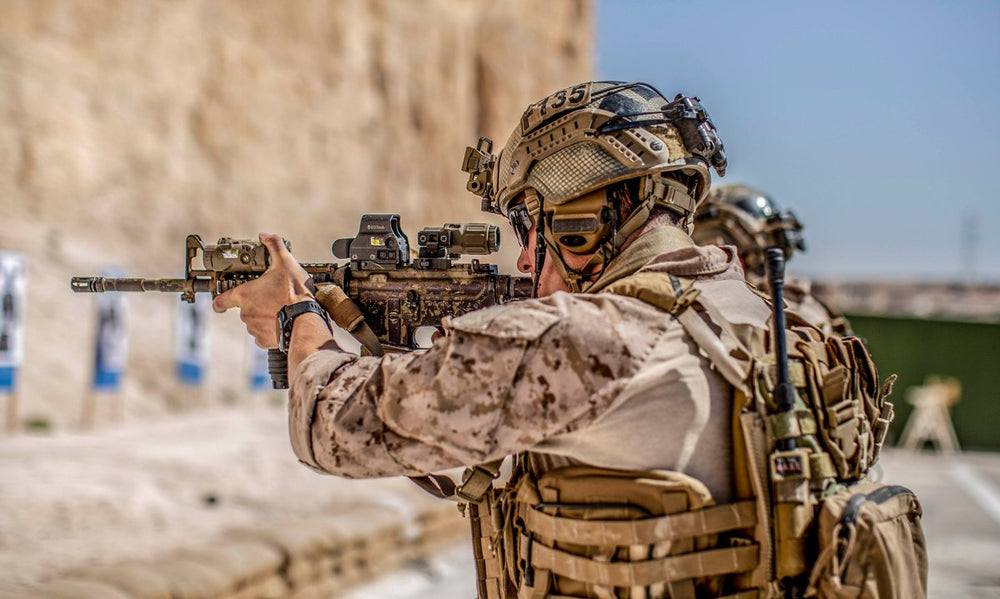
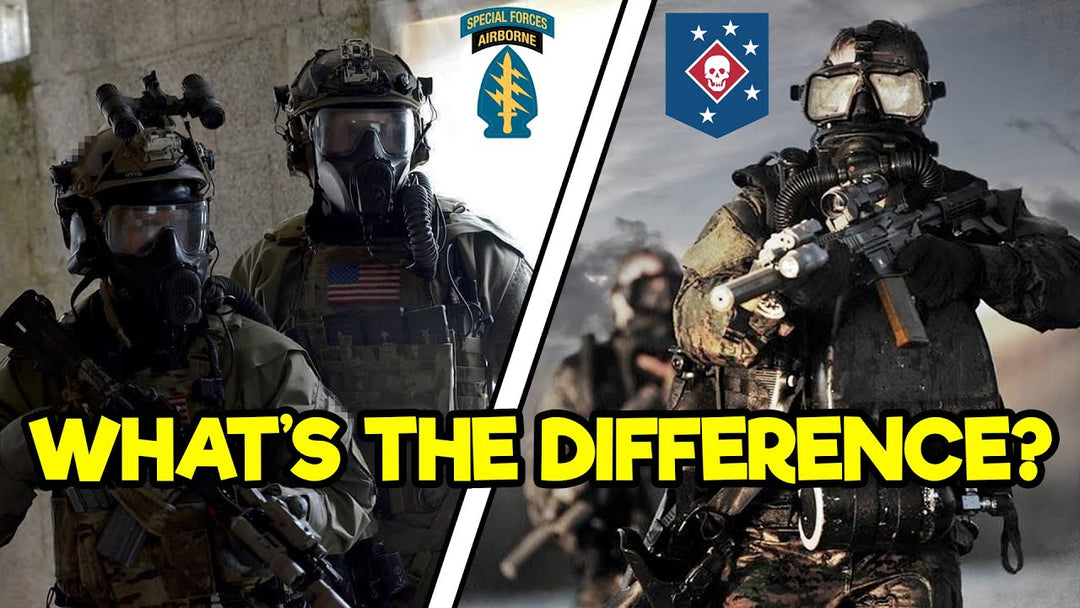
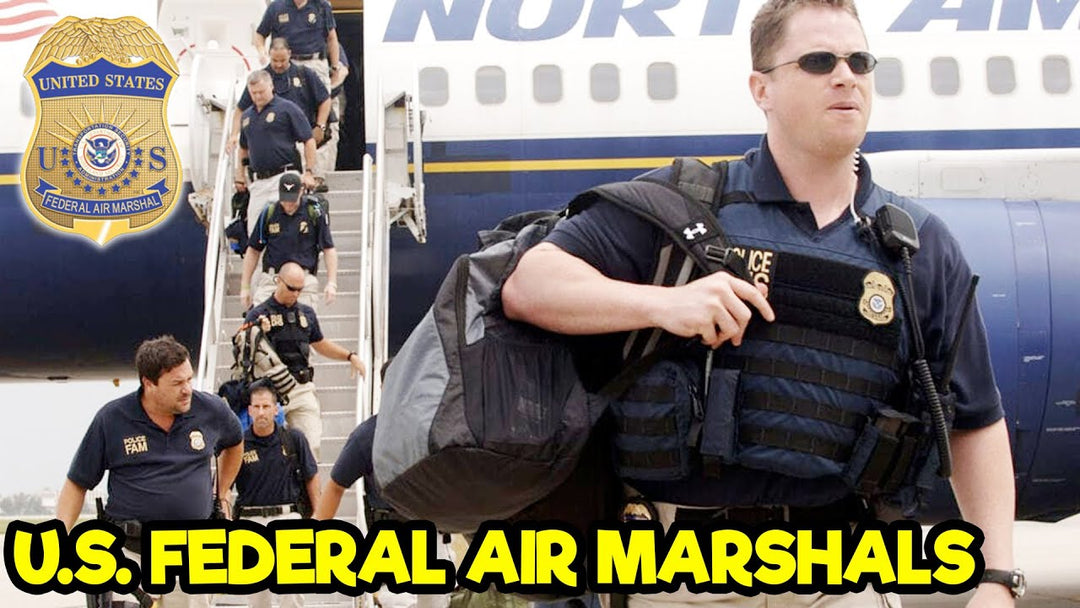
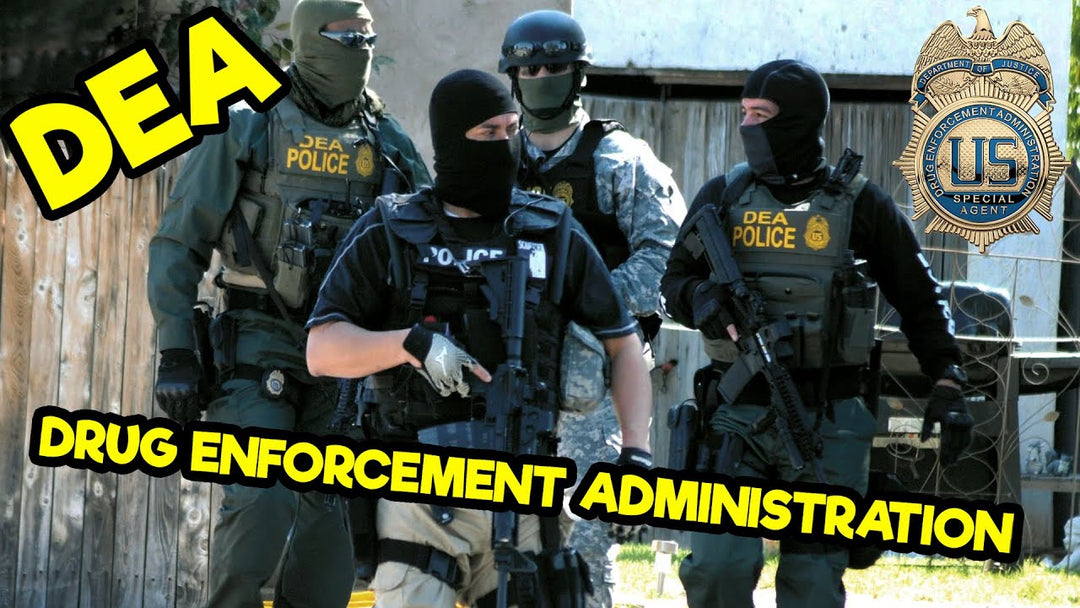
Leave a comment